biology
Latest
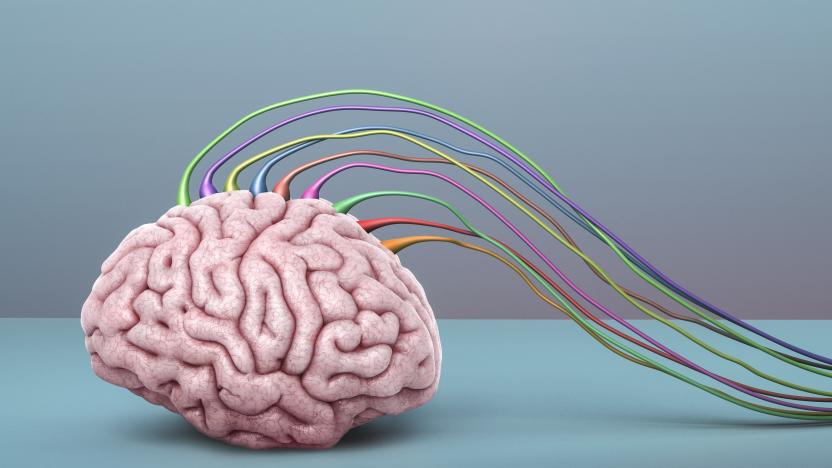
Hitting the Books: Could we zap our brains into leading healthier lives?
In "We Are Electric," Sally Adee delves into two centuries of research into an often misunderstood and maligned branch of scientific discovery, guiding readers from the pioneering works of Alessandro Volta to the life-saving applications that might become possible once doctors learn to communicate directly with our body's cells.
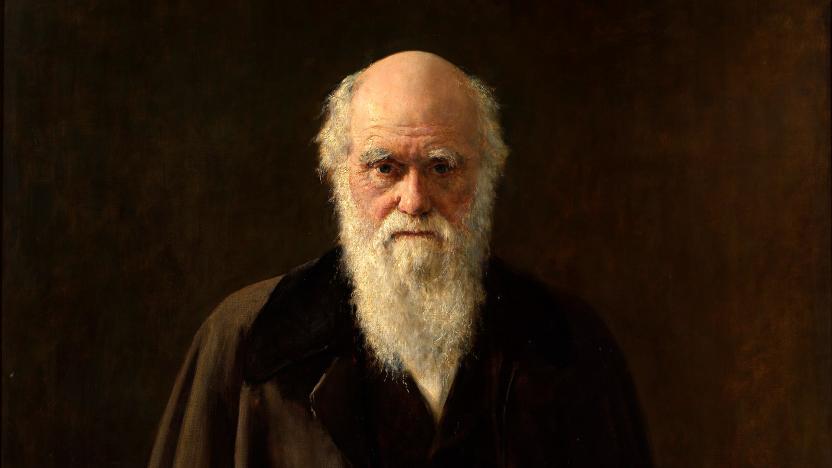
Charles Darwin's full correspondence is now available online
Every surviving Charles Darwin letter is now available to read online.
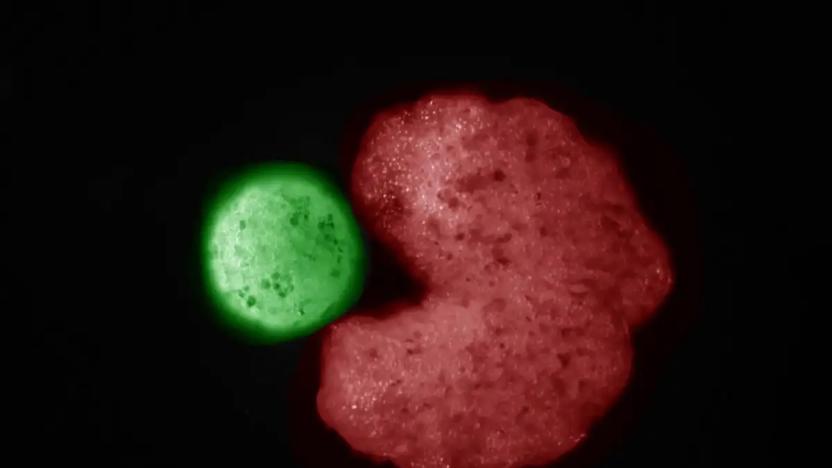
Cell-based living robots can reproduce themselves
Scientists have developed living robots that reproduce themselves.

Researchers retrofit microscopes to take 3D images of cells in real-time
UT Southwestern Scientists have invented an optical device they claim can be retrofitted to microscopes to capture 3D images of cells.
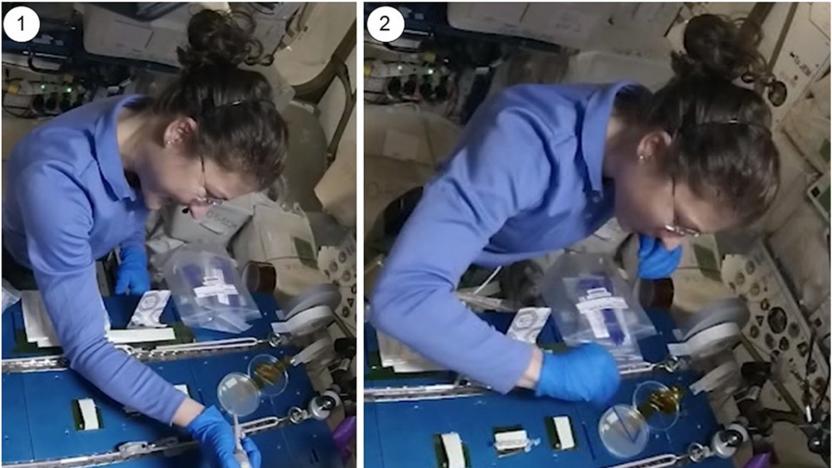
Astronauts show how CRISPR gene editing works in space
Astronauts have successfully used CRISPR gene editing in space for the first time, paving the way for studies of how space travel affects the human body.
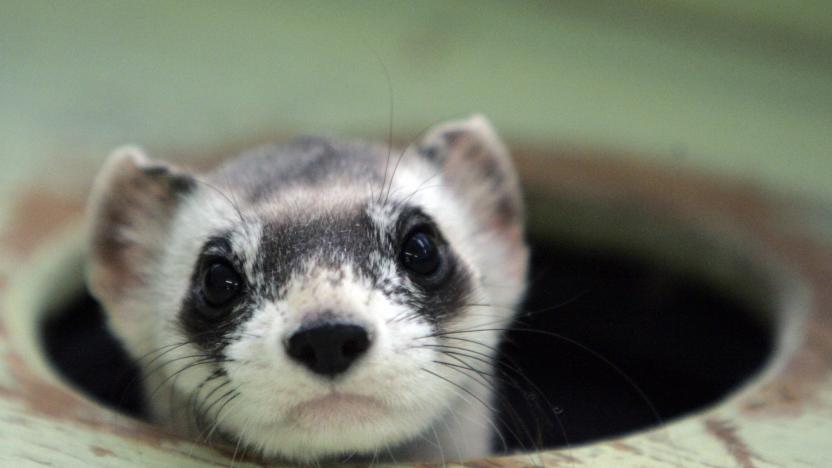
A ferret is the first North American endangered animal to be cloned
Scientists have cloned the first North American endangered species, successfully producing a black-footed ferret.
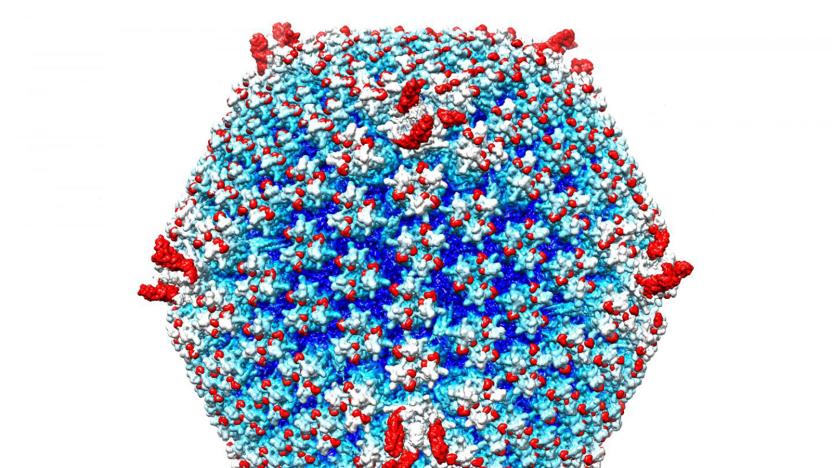
Modified 'stealth' virus could fight advanced cancers
Scientists have developed a modified "stealth" virus that can fight metastatic cancers without tripping the human immune system.

Scientists might know why astronauts develop health problems in space
Researchers have found that a key component of cells likely explains why astronauts develop health problems in space.

CRISPR gene editing pioneers win the 2020 Nobel Prize in Chemistry
CRISPR gene editing pioneers Emmanuelle Charpentier and Jennifer Doudna have won the 2020 Nobel Prize in Chemistry for a 'revolutionary' impact on science.

Almost a fifth of Earth's ocean floor has been mapped
Scientists have mapped nearly a fifth of the Earth's ocean floor, taking a big step forward for everything from biological studies to internet access.
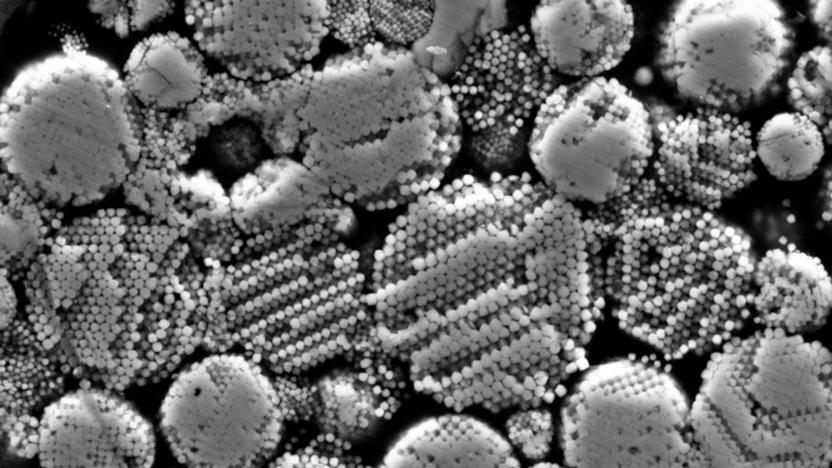
3D atom mapping helps investigate the origins of life
Scientists have used 3D atom mapping to find evidence of life-supporting fluids in a meteorite 4.5 billion years old.

Microsoft hopes its ‘Planetary Computer’ will preserve biodiversity
Microsoft's "Planetary Computer" initiative will help researchers and other companies make more informed decisions around the environment and biodiversity.

'Resurrected' mammoth DNA helps explain why the species went extinct
Reviving the woolly mammoth is still a tall order. However, technology might be far enough along to help explain why the elephant precursor went extinct in the first place. Scientists have 'resurrected' genes from a population of mammoths that survived on a Siberian island until around 4,000 years ago to see what might have contributed to this relic herd dying out. After resurrecting a mammoth's genes through cells in culture, they compared it against both other mammoths and Asian elephants to look for problematic mutations based on known genetic behavior.

Scientists created living robots out of stem cells
Scientists have created a new life form that's something between a frog and a robot. Using stem cells scraped from frog embryos, researchers from the University of Vermont (UVM) and Tufts University assembled "xenobots." The millimeter-wide blobs act like living, self-healing robots. They can walk, swim and work cooperatively. Refined, they could be used inside the human body to reprogram tumors, deliver drugs or scrape plaque out of arteries.
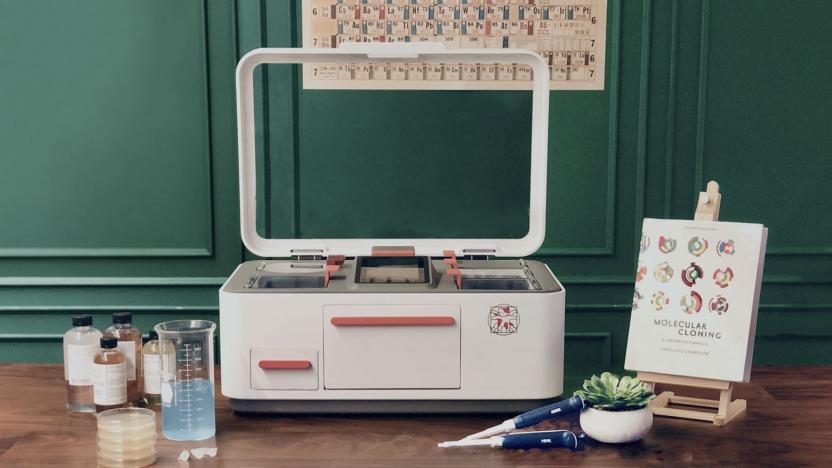
Feles wants to build all-in-one bio labs for the intensely curious
Generally, CES is where you go if you want to see uncanny valleys made of gorgeous screens or to try a salad prepared by a robot. Eureka Park, though, is home to oddball projects that often grab you in ways you don't always see coming. That was my experience with Feles, a startup based out of Cambridge, Massachusetts: This small team is hard at work on its first product, an all-in-one home laboratory that gives people the opportunity to get acquainted with biological lab work.

Study casts doubt on the chances of life on watery alien planets
Scientists searching for habitable planets often see the presence of water as a key sign, but they might not want to raise their hopes too high. A recently published study has indicated that there was no clear evidence of extremophiles (life that can survive extreme conditions) in Ethiopia's Danakil Depression, home to some of the world's most acidic, saltiest and superheated water. In other words, the mere existence of water isn't enough -- the conditions have to be at least slightly conducive to life. Accordingly, water that was 'just' very salty included numerous forms of extremophiles, including several newly discovered examples.
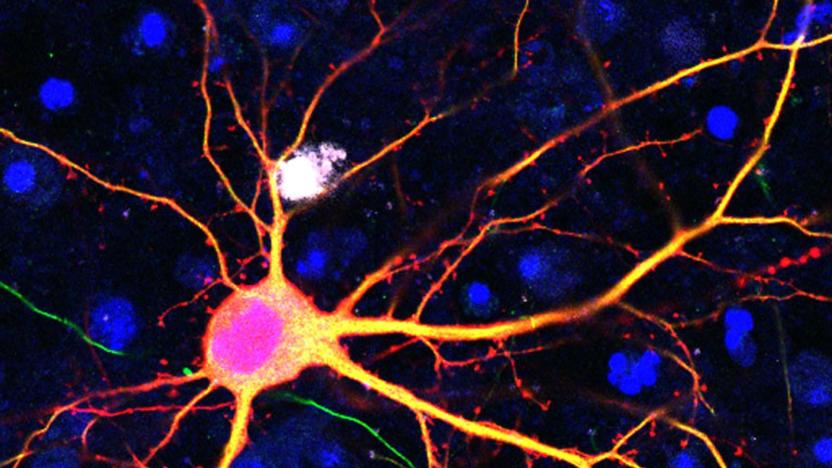
Gene editing tool could treat many diseases created by mutations
The use of gene editing to eliminate diseases has numerous challenges, including the not-so-small problem of dealing with mutation-based conditions like Huntington's. Existing approaches that replace the gene could cause damage. Salk Institute scientists say they've created a tool that can perform edits when mutations are at work. SATI (Single homology Arm donor mediated intro-Targeting Integration) builds on HITI, a variant of the familiar CRISPR-Cas9 gene editing technique, deals with mutations by inserting a healthy copy of a troublesome gene into the non-coding region of DNA. As the DNA repairs itself, the normal gene integrates into the genome alongside the old one -- it eliminates the harm from the mutation without taking risks.

Scientists unveil 3D microscope that visualizes cells without damaging them
There's a problem in cell biology research: to study what happens inside a cell, it has to be destroyed. When scientists use a traditional microscope to observe a cell, they use stains -- chemicals that color parts of the cell to make them visible. However, these stains cause damage and kill the cell prematurely. This might not be a problem for long though, as scientists at the Swiss Federal Institute of Technology (EPFL) have developed a technique to look inside living cells without damaging them.
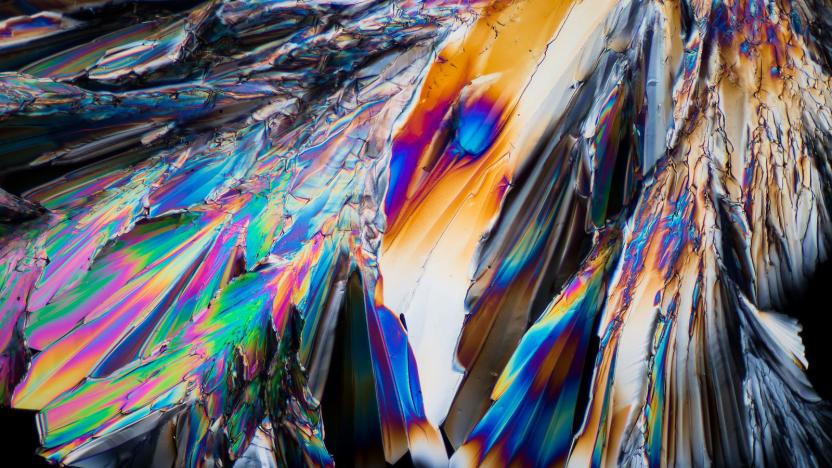
Scientists store data inside molecules that drive your metabolism
Never mind using DNA to store data -- there may be a simpler way to store info. Brown University scientists have shown that it's possible to store data in solutions of artificial metabolic molecules, such as amino acids and sugars. The presence or absence of a given molecule creates one bit of data, and the complexity of the mixture decides how many bits that mixture can hold. After that, it's a matter of placing thousands of mixtures on tiny metal plates as nanoscale droplets -- you use a mass spectrometer to decode the data once the droplets have dried.
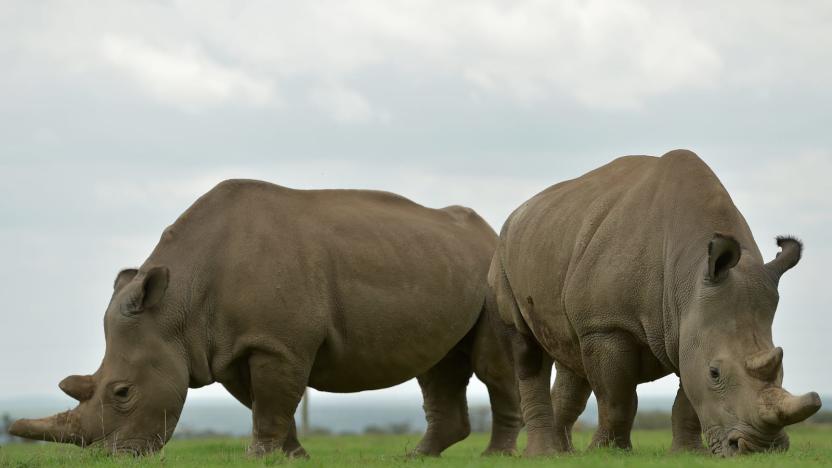
Test tube embryo transfer may give near-extinct rhinos a second chance
Lab-made embryos are one step closer to saving a virtually extinct species. Scientists have successfully transferred a test tube rhino embryo back into a female for the first time, implanting the creation into a southern white rhino in Poland. The effort supports a theory that scientists can repopulate the near-extinct northern white rhino by fertilizing eggs from the two remaining animals in the species (both females that can't bear children) using frozen sperm from since-deceased males, with southern rhinos serving as surrogate mothers.






